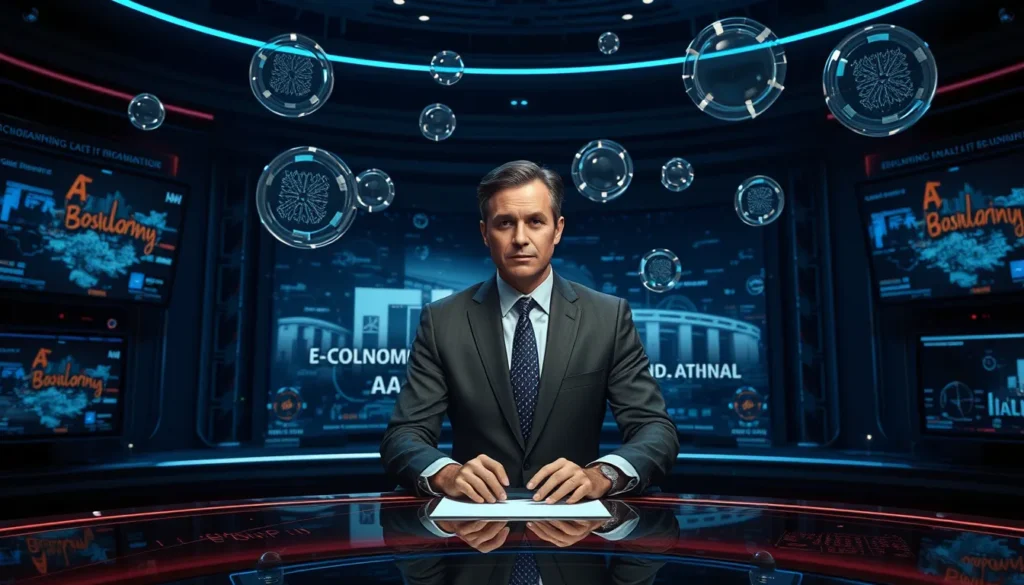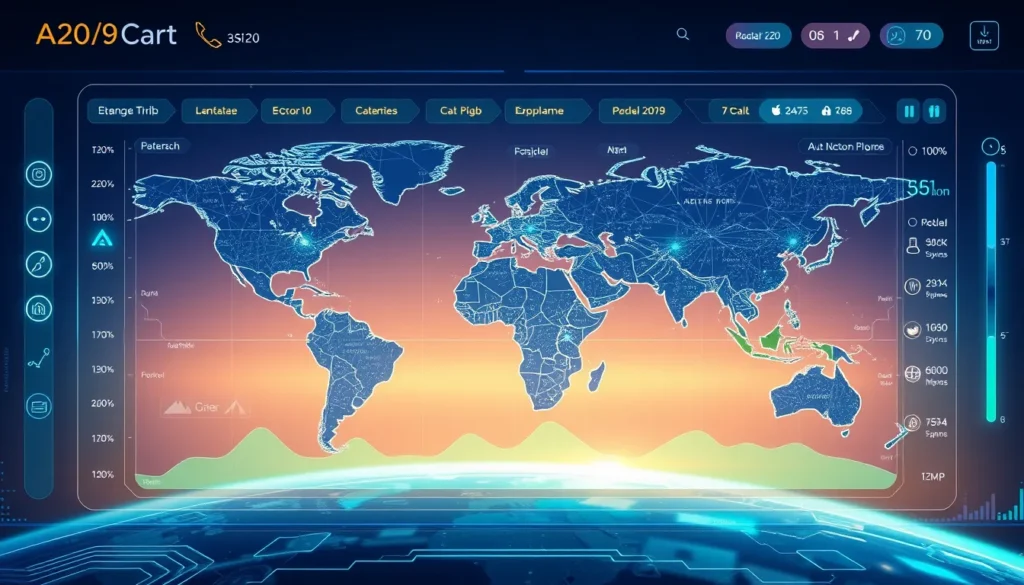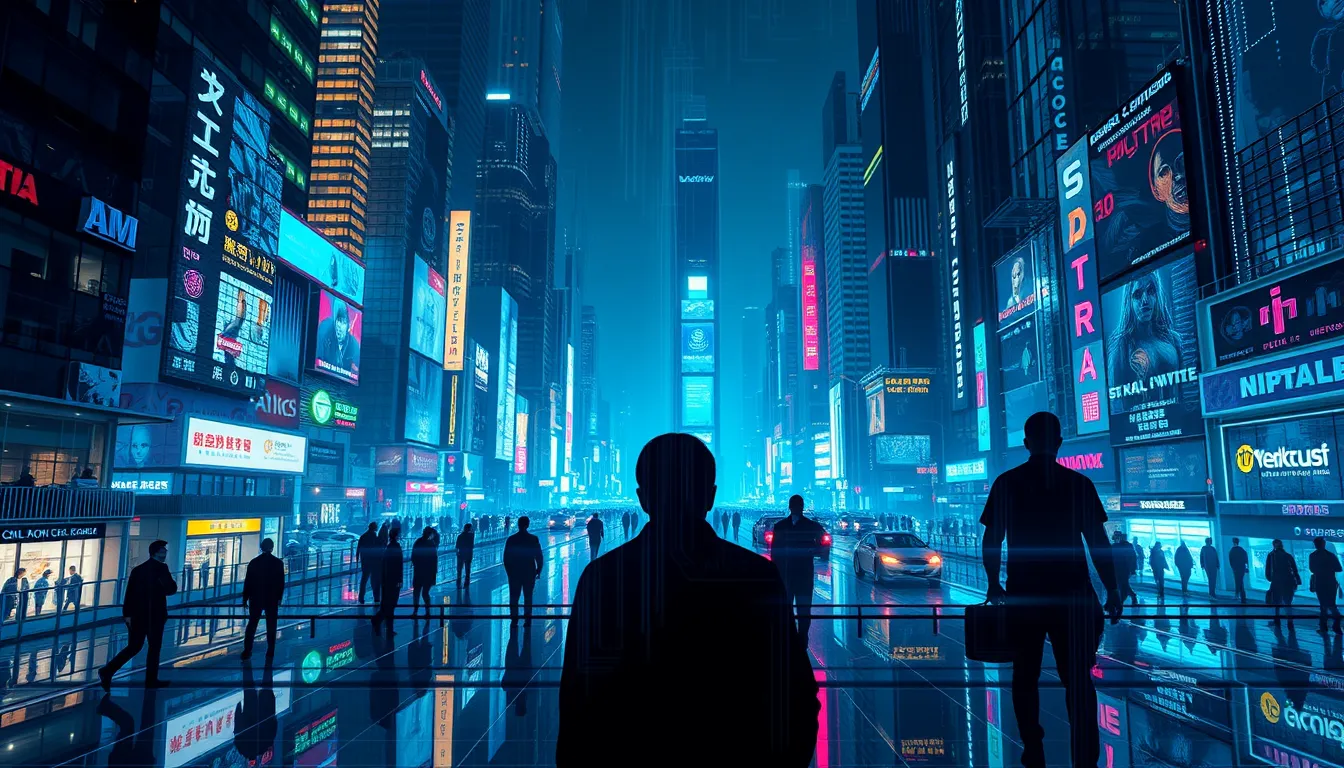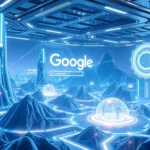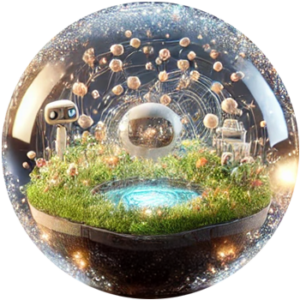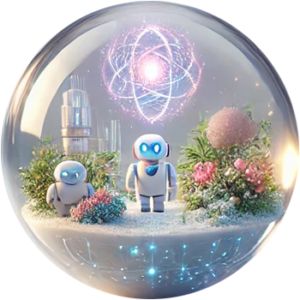Now Reading: Revolutionizing AI in Writing: Embracing Human-Made Creativity
-
01
Revolutionizing AI in Writing: Embracing Human-Made Creativity
Revolutionizing AI in Writing: Embracing Human-Made Creativity
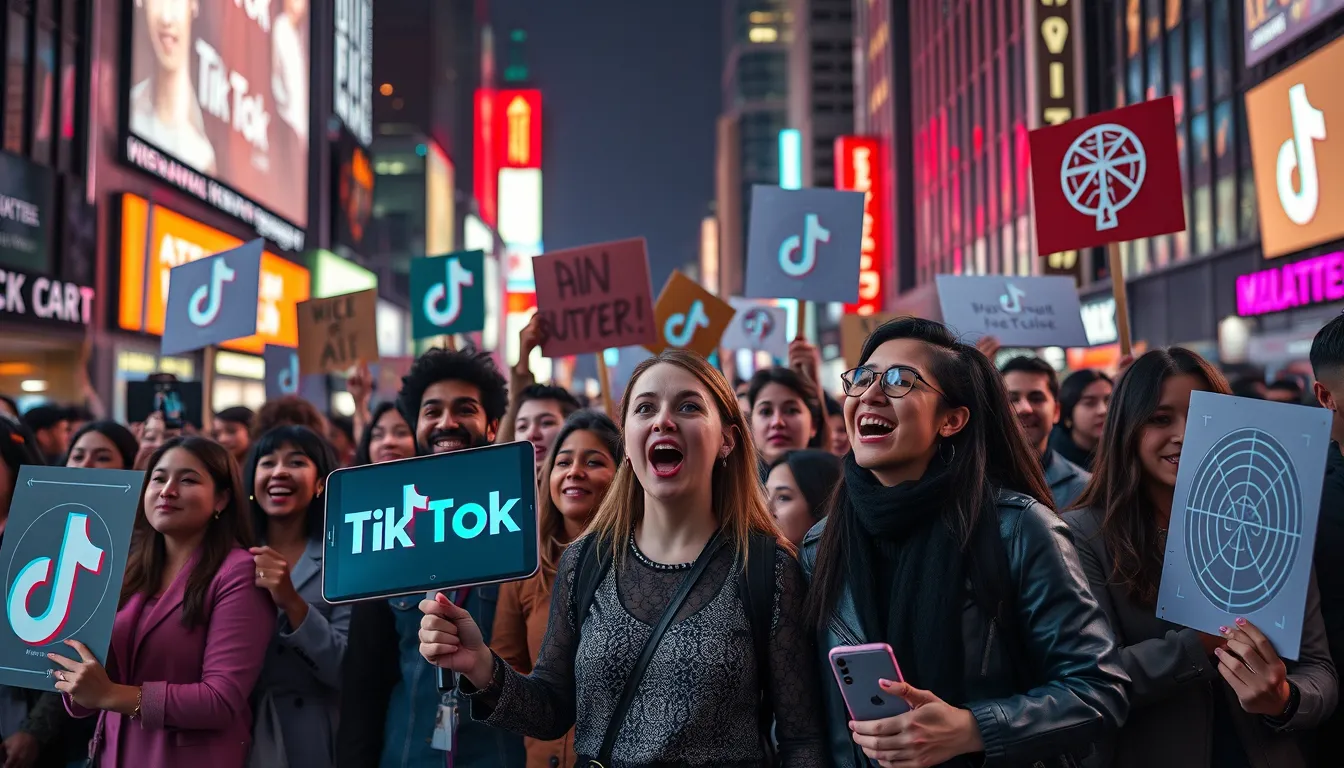
Revolutionizing AI in Writing: Embracing Human-Made Creativity
In today’s rapidly evolving digital landscape, the debate over AI in writing has never been more contentious. Authors and creatives are passionately advocating for the preservation of human-made writing, emphasizing that the authentic creative process remains at the heart of literary expression. Digital platforms, such as TikTok, have become powerful venues for authors to voice their concerns about technology overshadowing the human touch in storytelling.
The Rise of AI in Writing and the Authentic Creative Process
In a striking wave of digital dissent, writers around the globe have harnessed the power of social media to protest the increasing reliance on AI in writing. These creative professionals maintain that the art of writing is deeply rooted in personal experiences and human emotion – qualities that cannot be replicated by algorithms. The movement is a call to preserve the essence of human-made writing, underscoring that the authenticity of the creative process must not be compromised by technological shortcuts.
Writers have taken to TikTok to share vivid depictions of their creative journeys. Their videos reveal candid snapshots of the crafting process: from the spark of initial inspiration to the detailed revision stages. Here are a few reasons why many are rallying for traditional writing methods:
- A commitment to integrity in storytelling
- Ensuring that literary authenticity is not diluted by machine-generated content
- Advocating for the irreplaceable value of personal struggle in crafting narratives
These efforts reflect a broader discussion on striking a balance between embracing technological advances and honoring traditional creative methods. While AI in writing offers tools that can enhance efficiency, the human element remains indispensable for genuine artistry.
How TikTok is Influencing the Debate Over AI in Writing
The impact of TikTok activism on this debate cannot be ignored. With its user-friendly interface and viral potential, TikTok has become a hub for authors and creatives to express dissent and mobilize support for human-based creativity. In this dedicated section, we explore the role TikTok plays in the current conversation.
- TikTok users are creating compelling visual narratives that highlight the depth and emotion involved in writing.
- Hashtags and live sessions are being used to spread awareness about the potential risks of over-reliance on AI in writing.
- The platform serves as an educational tool, informing audiences about the importance of protecting literary authenticity.
For more insights on TikTok’s influence, visit the official TikTok website at https://www.tiktok.com.
Balancing Technological Efficiency with Human Craftsmanship
The debate over AI in writing involves a nuanced examination of benefits versus drawbacks. Proponents of AI highlight its ability to overcome writer’s block and streamline the content production process, making it an attractive tool for boosting productivity. Conversely, advocates for human-made writing argue that the traditional creative process infuses work with depth, emotion, and personal experience.
Key points include:
- Efficiency vs. Authenticity: AI in writing can undoubtedly help generate text quickly, but its outputs may lack the rich, individualized nuances that come from human expression.
- Long-term Impact: Overdependence on technology could lead to a homogenized cultural landscape where diversity and individuality in storytelling are at risk.
- Ethical Considerations: Establishing clear guidelines on the use of AI is crucial to protecting the integrity of creative work and intellectual property.
Preserving Authenticity in the Age of AI
The literary community is calling for policies that safeguard the authentic creative process. Industry experts urge transparency when AI is used, emphasizing that the use of algorithms should complement and not replace human ingenuity. This is especially important as debates continue over intellectual property rights and the criteria for recognizing genuine authorship.
Critics of excessive AI in writing caution that literary quality may suffer if the balance tips too far in favor of efficiency over originality. They call for a collective reassessment of how content is created and consumed, ensuring that the irreplaceable human touch remains central to the art of storytelling.
Conclusion – Upholding the Legacy of Human-Made Writing
In conclusion, the movement against an overreliance on AI in writing is more than a resistance to technological change—it is a fervent defense of the authentic creative process. As this passionate debate unfolds, it is vital for all stakeholders, from policy makers to everyday readers, to recognize the unique value of human-made writing. Preserving creativity means maintaining spaces where genuine human emotion and individual experience can flourish.
The discussion is far from over. As we navigate the blurred lines between innovation and tradition, authors and enthusiasts alike are reminded that while AI in writing can serve as a helpful tool, it should never replace the soul of creative expression. The future of storytelling depends on our ability to integrate technology responsibly, ensuring that the enduring spirit of human creativity continues to shine through every written word.
By championing authentic creative processes and celebrating the craft of human-made writing, the literary community sets a powerful precedent for future generations. Let us continue to engage, advocate, and remain vigilant, ensuring that technology enhances rather than overshadows the art of storytelling.



